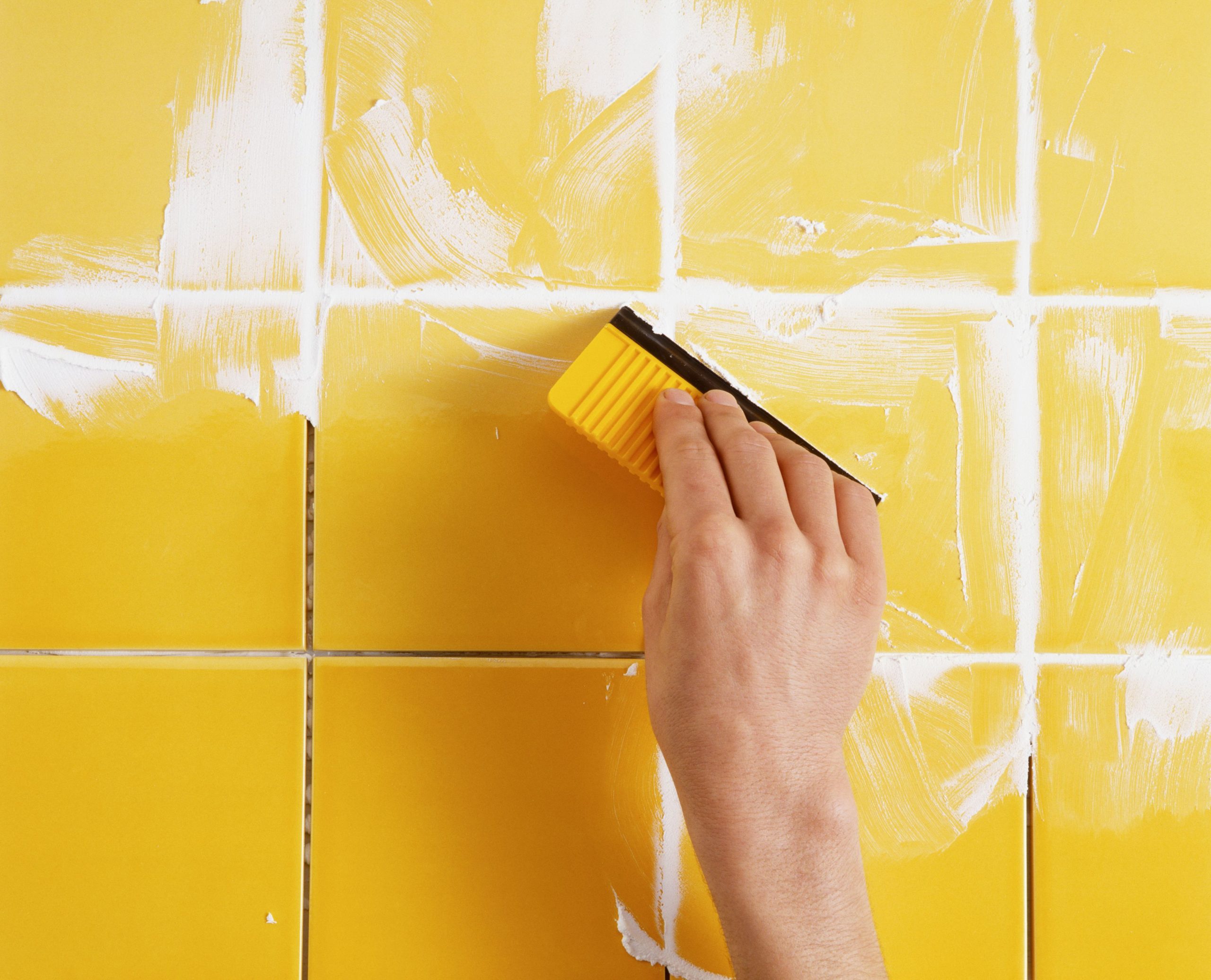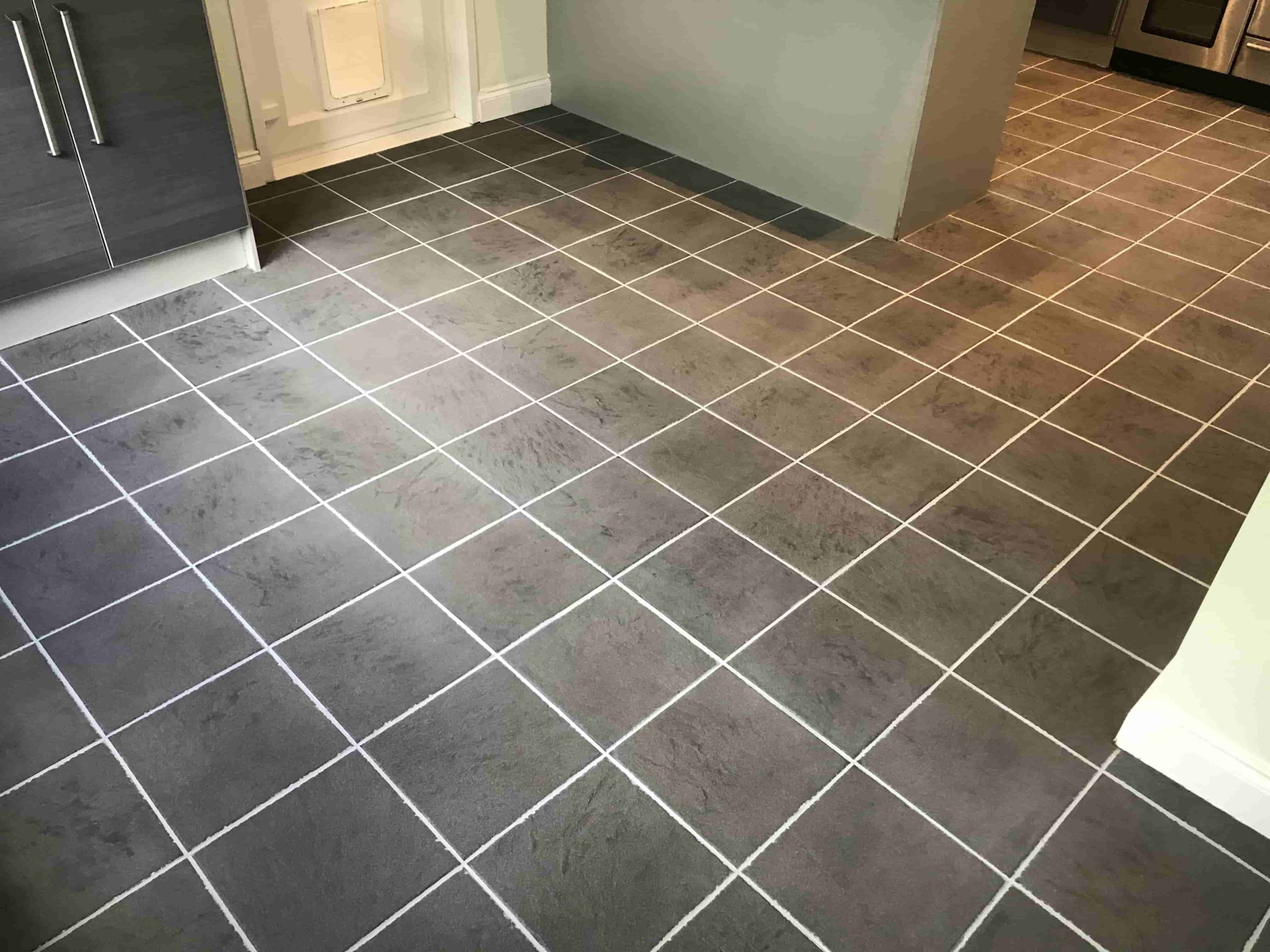
So, you have chosen your preferred tile and grout color, leaving you with an unexpected decision: sanded versus unsanded grout. What is the difference, and which is best for you? In this article, we will help you find out.
So Many Things to Consider!

Many factors, including the surface you’re tiling and the type of tile you are using, determine whether you should choose unsanded or sounded grout. Even the width of your tile lines influences this choice. Learn the distinction between sanded and unsanded grout, as well as the finest grout for your tile project.
What Exactly Is Sanded Grout?
In the realm of DIY projects, the term “sanded” may bring to mind a material that has been smoothed with a sander. However, sanded grout does not refer to grout that has been sanded. Instead, sanded grout is grout that has been mixed with fine grit. In general, sanded grout is more affordable than unsanded grout and can be used for the majority of tile applications.
What Is Unsanded Grout?

Unsanded grout is grout that does not contain sand. Unsanded grout is much more expensive than sanded grout. However, it can be a superior option in certain applications and circumstances.
When to Use Which Type
For the majority of applications, sanded grout will get the job done. It’s affordable, more durable, and available in so many colors. Before purchasing grout for a project, it’s quite important to understand the distinctions between sanded and unsanded grout.
Sanded Grout Is Perfect for Floors

Because sanded grout is firmer, denser, and more durable than unsanded grout, sanded grout is the preferred grout for tile floors. This is because of two reasons. First, tile floors usually have wider grout lines that require sanding. Second, tile floors experience significantly more wear and tear than tile walls, and they benefit from the added strength of sanded grout.
Sanded Grout Is Great for Wider Lines

While unsanded grout can be readily worked into large grout joints, it does not perform well in joints larger than 1/8 inch because it tends to crack and shrink. Sanded grout is the best option for joints between 1/8 and 3/8 inches wide.
Unsanded Grout Is Better for Vertical Surfaces

In most cases, sanded grout can be used on walls. However, you will likely achieve superior results with unsanded grout. The polymers and absence of sand in unsanded grout make it stickier than sanded grout, allowing it to remain in vertical grout lines without sagging. This makes it much simpler to grout shower walls and backsplashes with excellent results.
Unsanded Grout Cannot Scratch Tiles
The addition of sand to sanded grout coarsens the solution. Sanded grout can leave scratches and patterns on smooth tiles such as marble, glass, and limestone when applied to these surfaces. Unsanded grout is smooth and doesn’t contain the same silica aggregate. This makes it perfect for scratch-free applications around tiles.